In the realm of contemporary art, where collaboration and individual expression intertwine, the exhibition “12 Dancing Princesses” at Climate Control emerges as a compelling dialogue between artists Parker Ito and Juliana Halpert. This exhibition, running from June 15th to July 27th, 2024, is not just a display of artworks; it’s a narrative woven from personal experiences, shared artistic philosophies, and a touch of the unexpected. Delving into the nuances of their creative partnership, this exploration goes beyond a simple review, aiming to uncover the layers of meaning embedded within “12 Dancing Princesses,” a title that itself hints at hidden depths and intricate narratives.
The genesis of this artistic pairing traces back to an unlikely encounter. Juliana Halpert, navigating the isolating experience of Covid-19 in November 2021, found herself immersed in the fantastical world of Harry Potter while grappling with the tangible reality of her illness. This period of introspection and perhaps even a touch of delirium, marked by online geography quizzes and cinematic escapism, led to an unexpected Instagram message from Parker Ito. The seemingly random invitation to collaborate, received during this feverish period, felt almost dreamlike to Halpert, a sentiment she humorously acknowledged in her response: “am I hallucinating lol.” This initial contact, born from digital serendipity, laid the groundwork for a creative partnership that would soon manifest in physical space.
Halpert’s reference to Harry Potter isn’t merely a whimsical anecdote; it’s a thread that subtly connects to the exhibition’s exploration of perception and reality. Her childhood experiences with medical procedures, where fantasy books served as a coping mechanism, highlight a recurring theme in her work: the interplay between abstract concepts and lived experiences. This resonates with the exhibition’s title, “12 Dancing Princesses,” evoking the fairytale of secret escapes and hidden worlds. The fairytale, with its themes of mystery and transformation, can be seen as a metaphorical lens through which to view the artists’ individual and collaborative practices.
Ito’s artistic approach, characterized by a bold embrace of personal taste and a willingness to push boundaries, contrasts with Halpert’s more amenable and process-driven methodology. Halpert describes Ito as an artist who “entrenches themselves in their tastes,” allowing his artistic flavor to become richly concentrated. This intensity is evident in Ito’s diverse body of work, which often incorporates AI-generated imagery, solar dyes, and references to Japanese folklore. In contrast, Halpert sees herself as more aligned with a “Foerster” approach, where the artistic process itself becomes a framing device, guiding her creative journey. Her turmeric prints, created using readily available materials, exemplify this resourceful and process-oriented approach.
The exhibition “12 Dancing Princesses” showcases this dynamic interplay between Ito’s compelling force and Halpert’s receptive process. One of Halpert’s contributions to the show, a video piece inspired by a composition by Sarah, an audio engineer and musician, further illustrates her process. The video, filmed at the “Old Dutch Cleanser Mine,” an abandoned pumicite mine discovered by Alex, a friend and neighbor, captures the surreal and cavernous space with drone footage. This experience, which Halpert describes as resembling a “colonoscopy” in its visual exploration of inner space, unexpectedly echoed her hypnotic visualizations of the Gringotts Wizarding Bank vaults from Harry Potter. This connection between subconscious imagery and real-world experience reinforces the exhibition’s thematic exploration of hidden realms and the blurring lines between fantasy and reality, mirroring the secret world of the twelve dancing princesses.
The inclusion of the Old Dutch Cleanser Mine is also significant. Pumice, the mine’s product, was historically used as a cleaning agent, aligning with Halpert’s turmeric prints made from pantry spices and rubbing alcohol. This “making do with what’s available” philosophy, as Halpert describes it, reflects a resourceful approach to art-making, finding “great freedom to be found under constraints.” This resonates with the idea of creating elaborate worlds within limited spaces, much like the secret, magical world of the twelve dancing princesses who escape their confines to dance nightly.
The exhibition “12 Dancing Princesses” is thus more than just a display of individual artworks; it’s a carefully constructed dialogue between two distinct artistic voices. It explores themes of collaboration, chance encounters, and the interplay between personal experience and artistic creation. The title itself, “12 Dancing Princesses,” serves as a metaphorical framework, suggesting hidden depths, secret worlds, and the transformative power of imagination. Through their individual pieces and the collective narrative of the exhibition, Ito and Halpert invite viewers to delve into the layers of meaning and discover the magic within their collaborative kingdom.
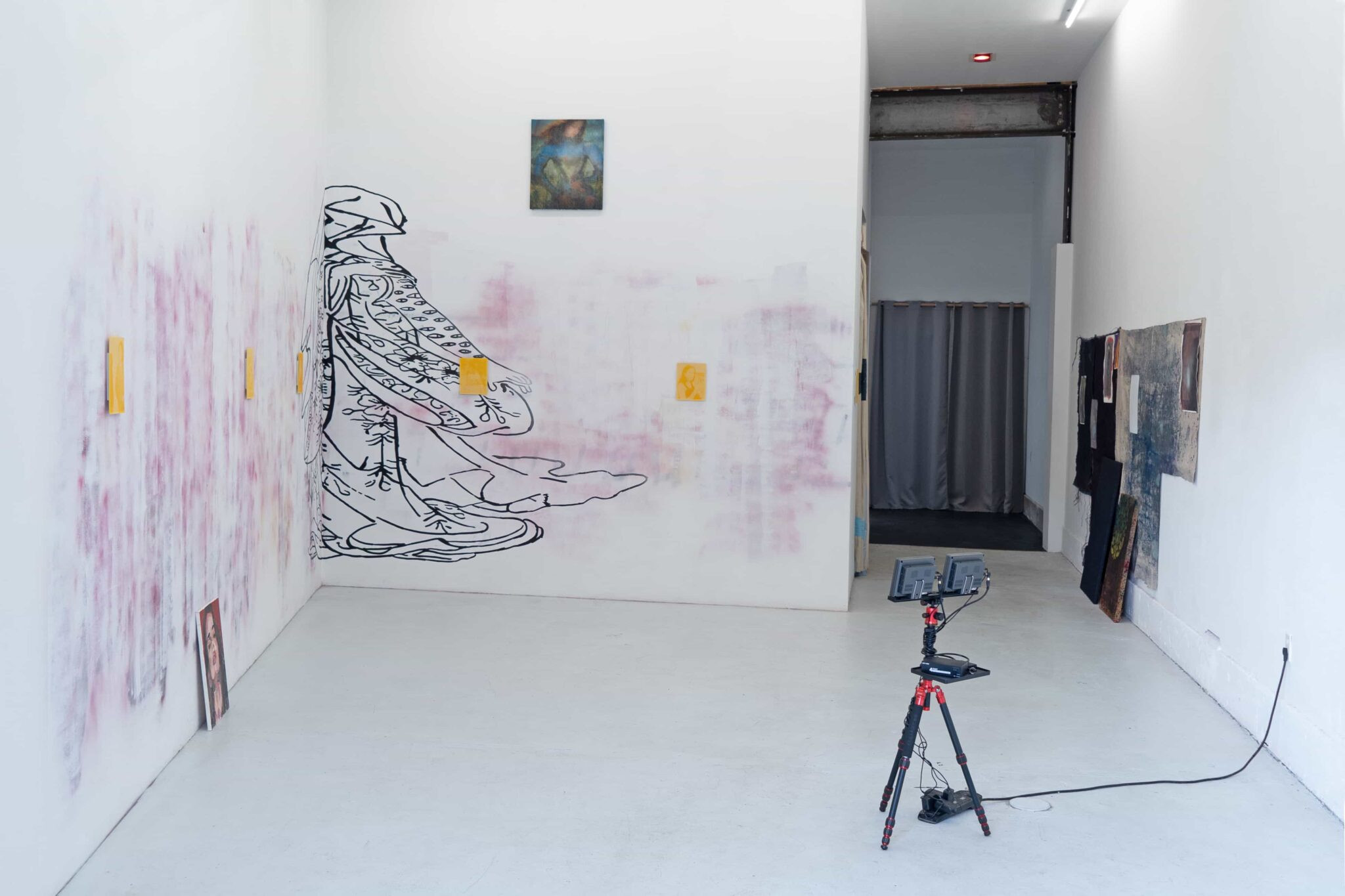
Installation view of the “12 Dancing Princesses” exhibition at Climate Control, showcasing the collaborative works of Parker Ito and Juliana Halpert.
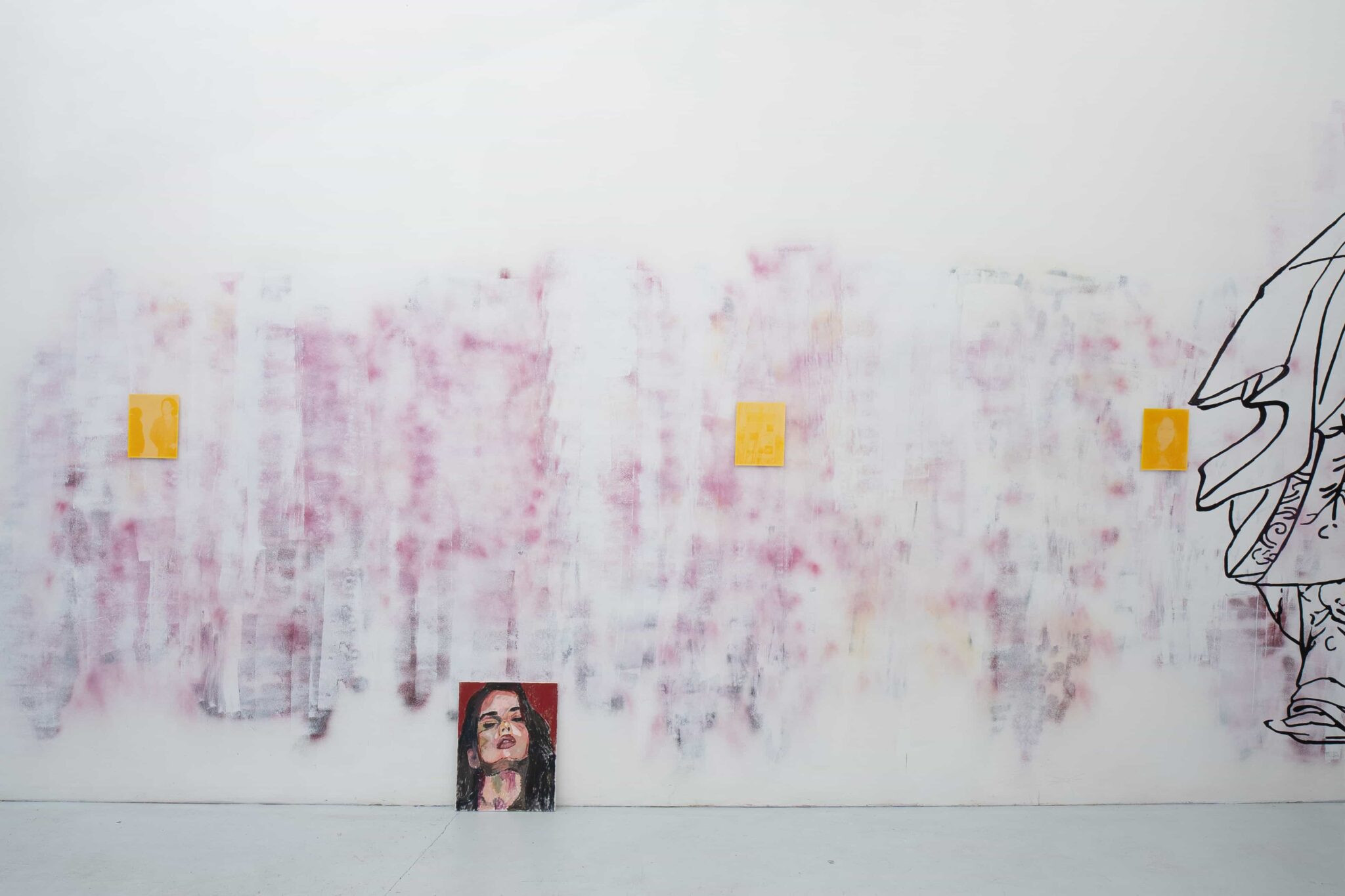
Exhibition space at “12 Dancing Princesses,” highlighting the diverse mediums and artistic styles of Ito and Halpert.
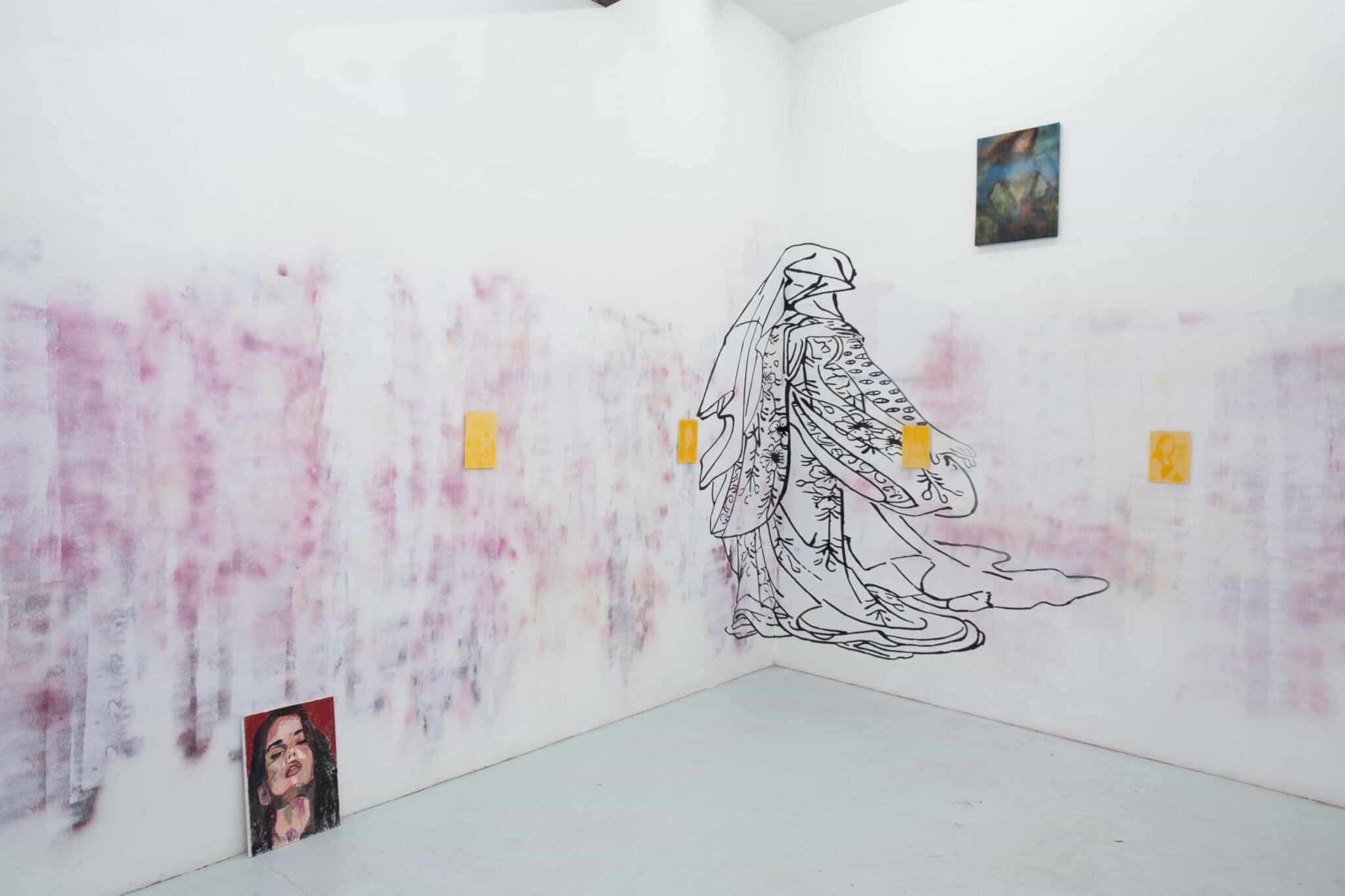
A closer look at the artwork within the “12 Dancing Princesses” exhibition, demonstrating the intricate details and conceptual depth.
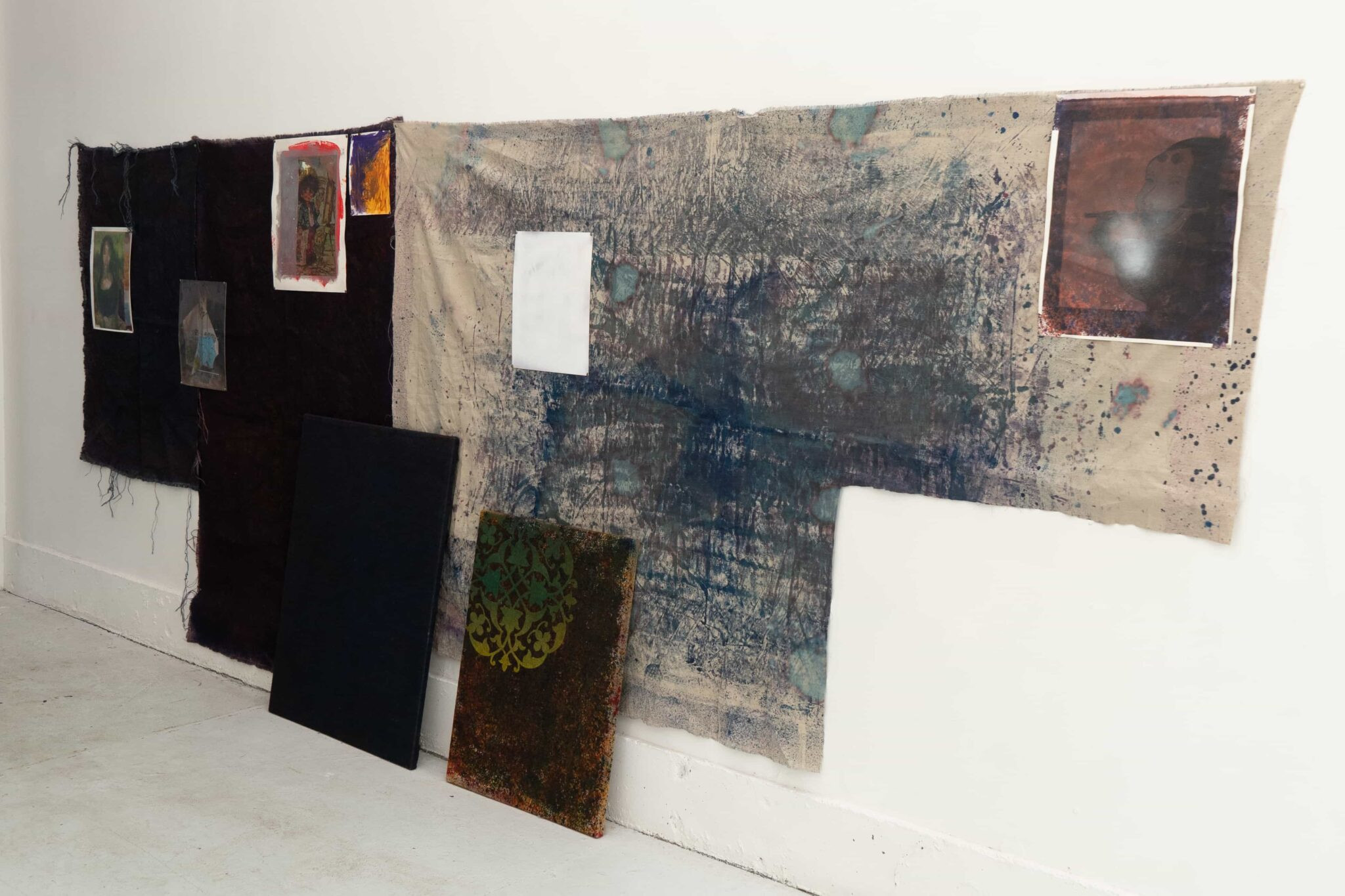
View of the “12 Dancing Princesses” exhibition, emphasizing the spatial arrangement and curatorial choices at Climate Control.
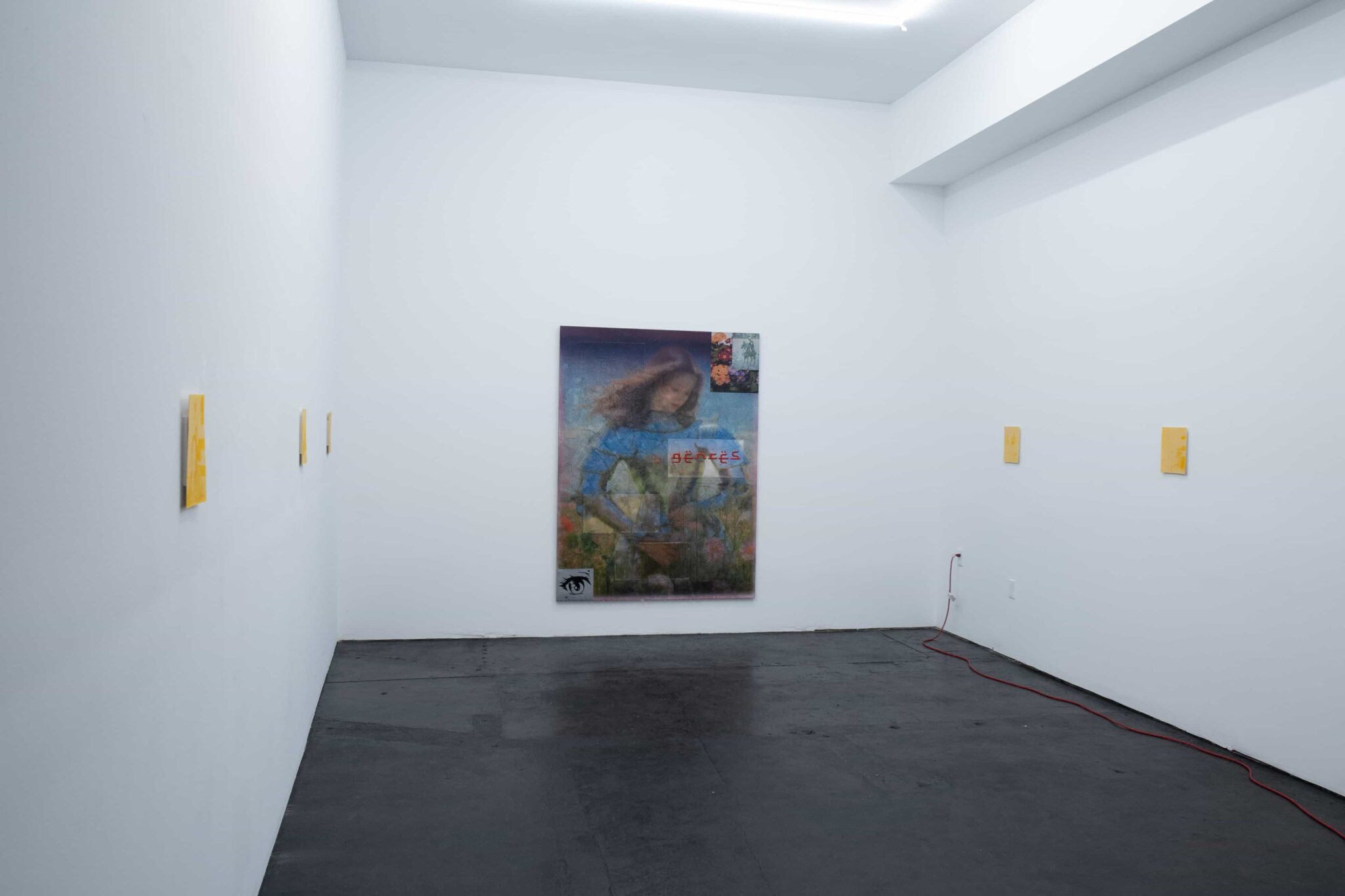
Artwork detail from “12 Dancing Princesses,” showcasing the unique artistic language of either Parker Ito or Juliana Halpert.
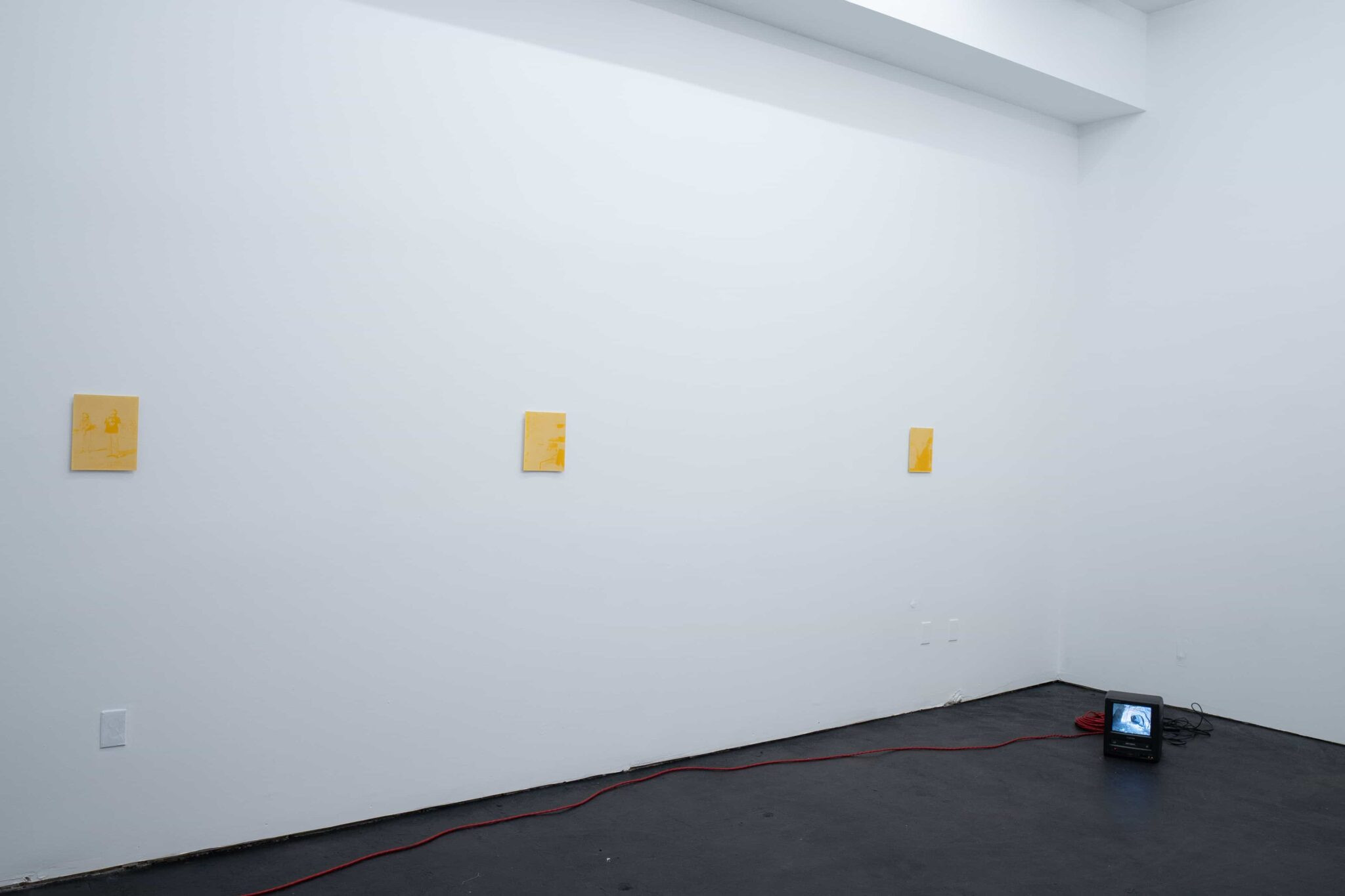
Another perspective of the “12 Dancing Princesses” exhibition, illustrating the immersive experience for gallery visitors.
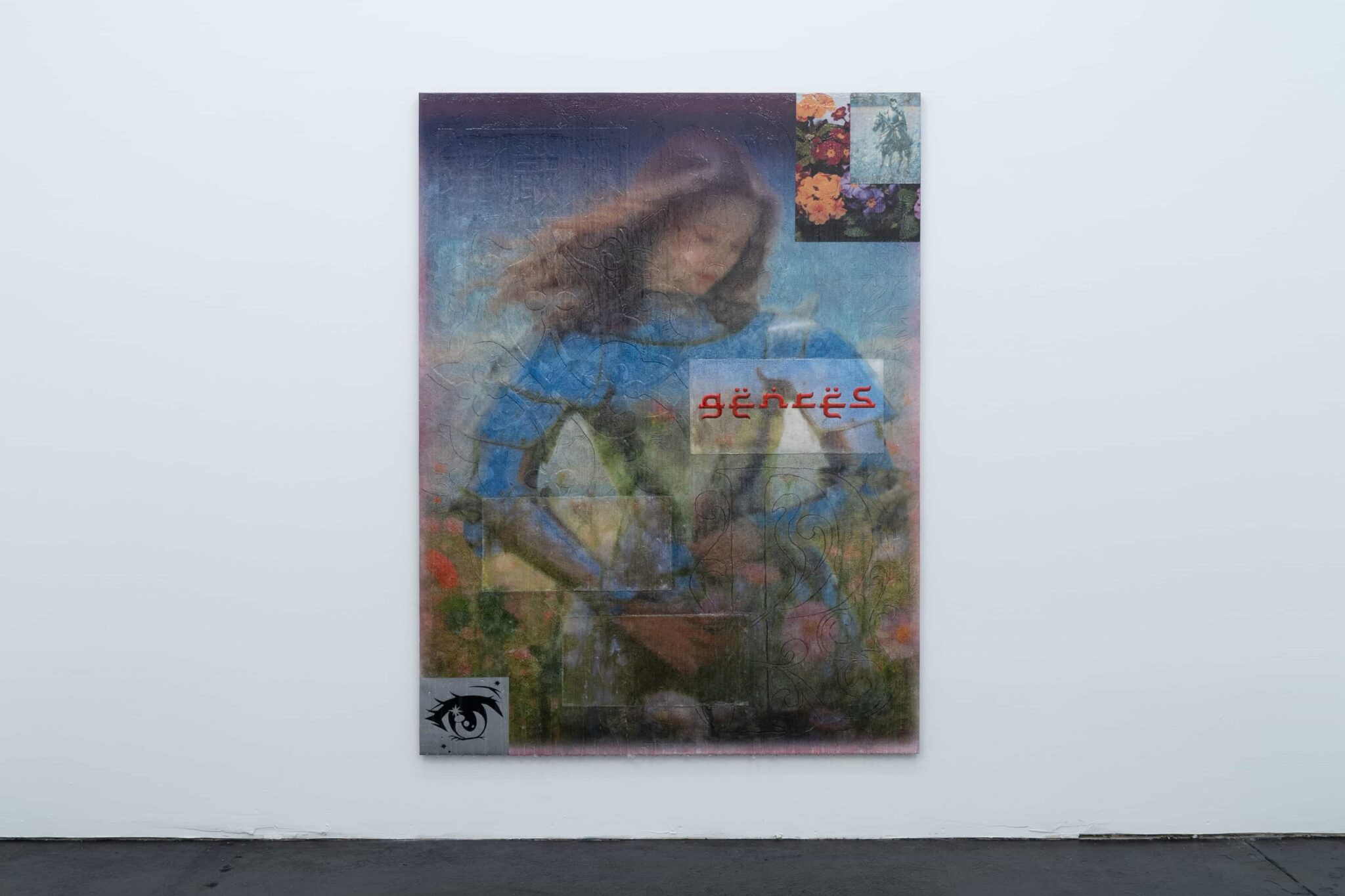
Parker Ito’s “the Pilgrim’s sticky toffee pudding gesamtkunstwerk, in the year of the dragon, a la mode, part 1,” a featured piece in “12 Dancing Princesses.”
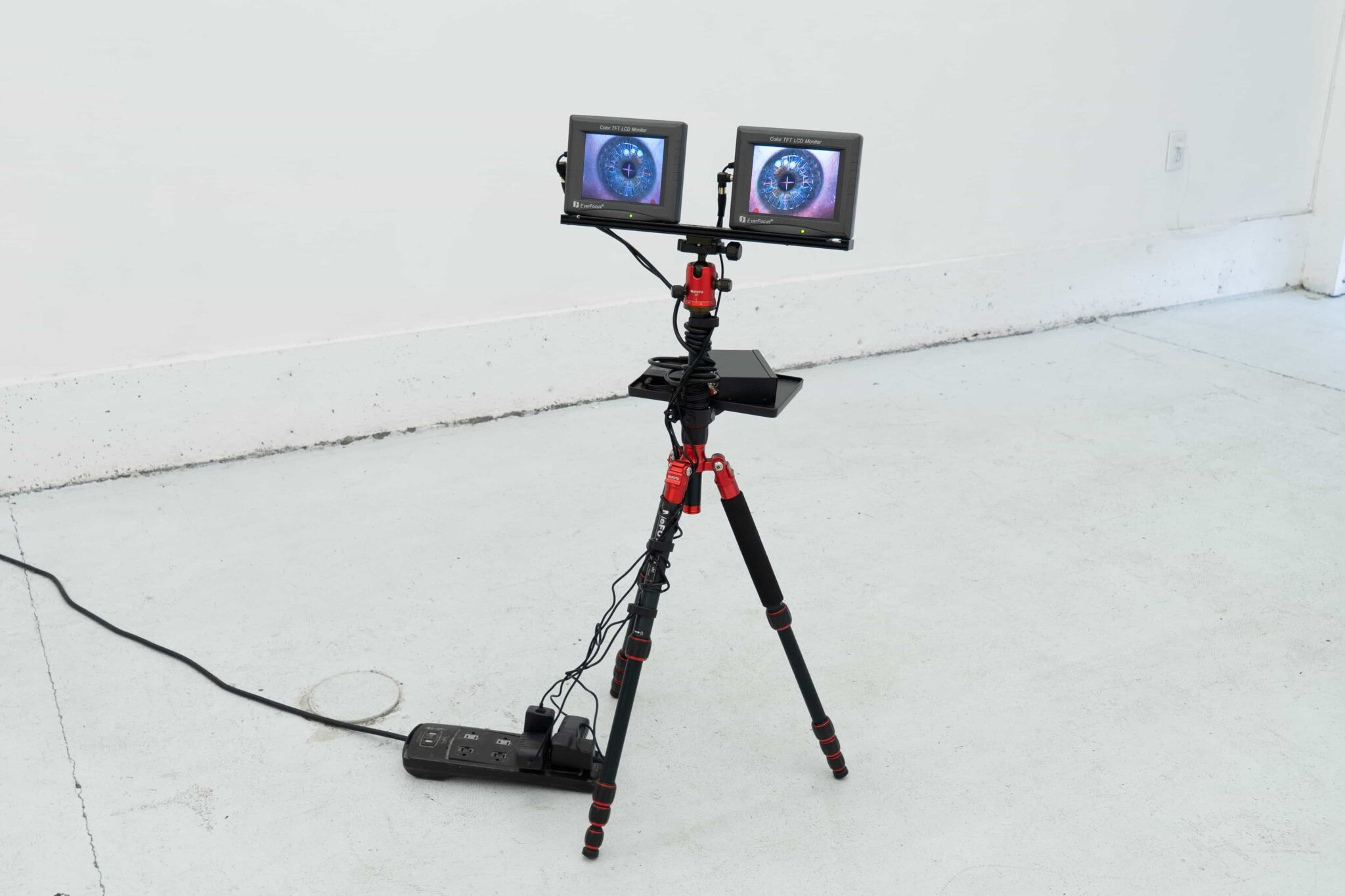
Parker Ito’s “☉☉,” a digital video installation within the “12 Dancing Princesses” exhibition at Climate Control.
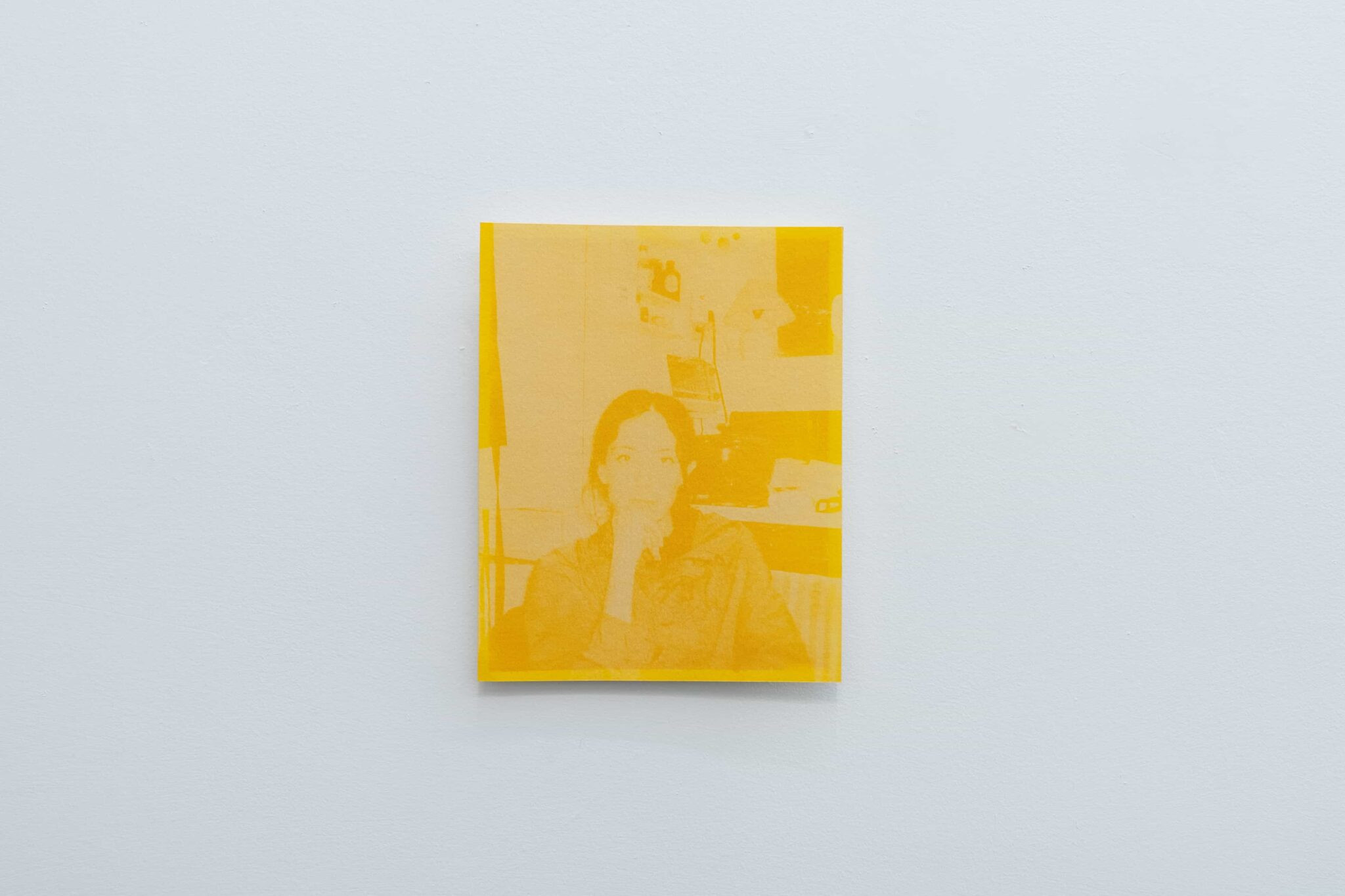
Juliana Halpert’s “Self-portrait in kitchen,” a turmeric anthotype print from the “12 Dancing Princesses” show.
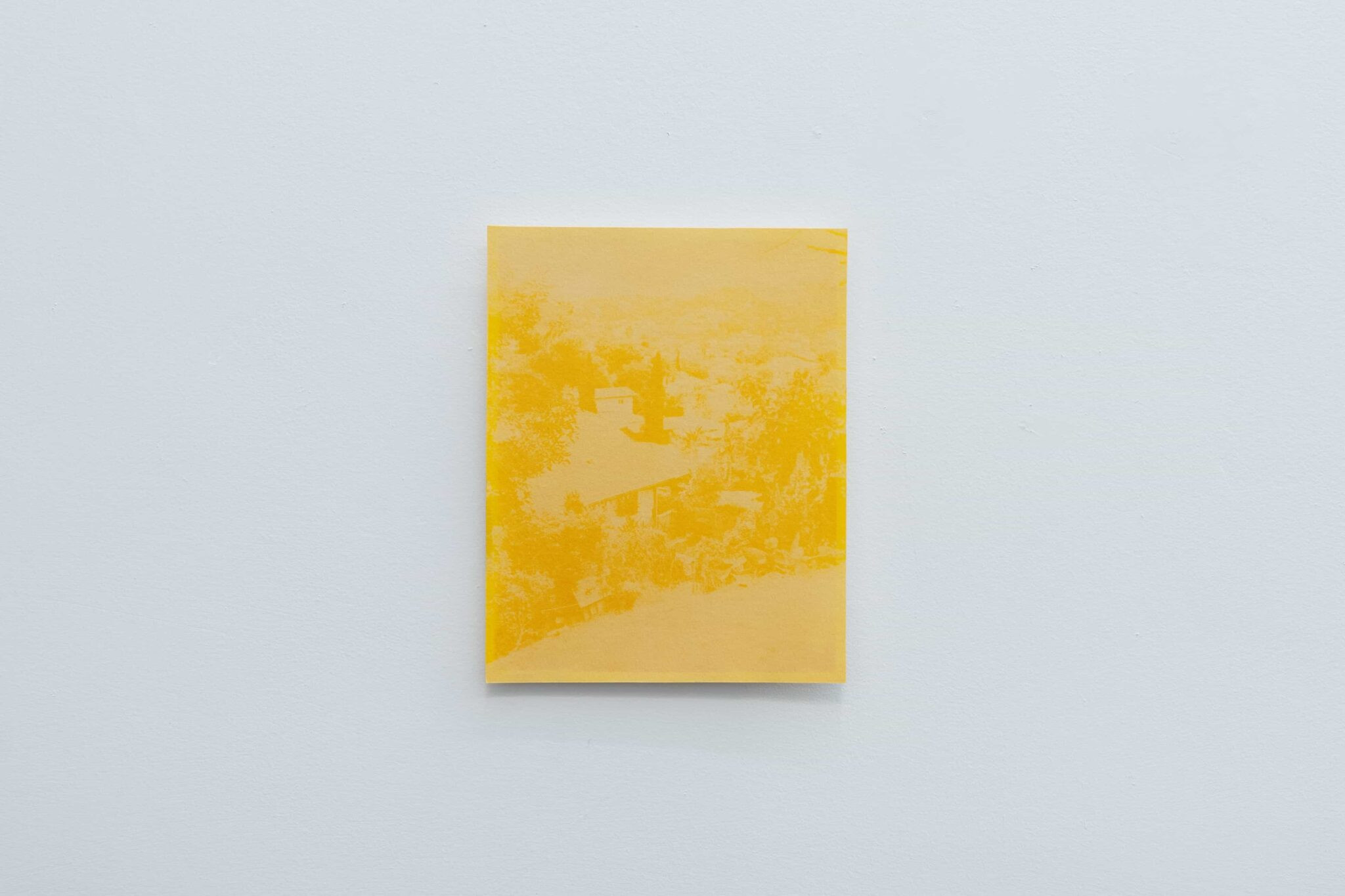
Juliana Halpert’s “Backyard,” another turmeric anthotype print exhibited in “12 Dancing Princesses.”
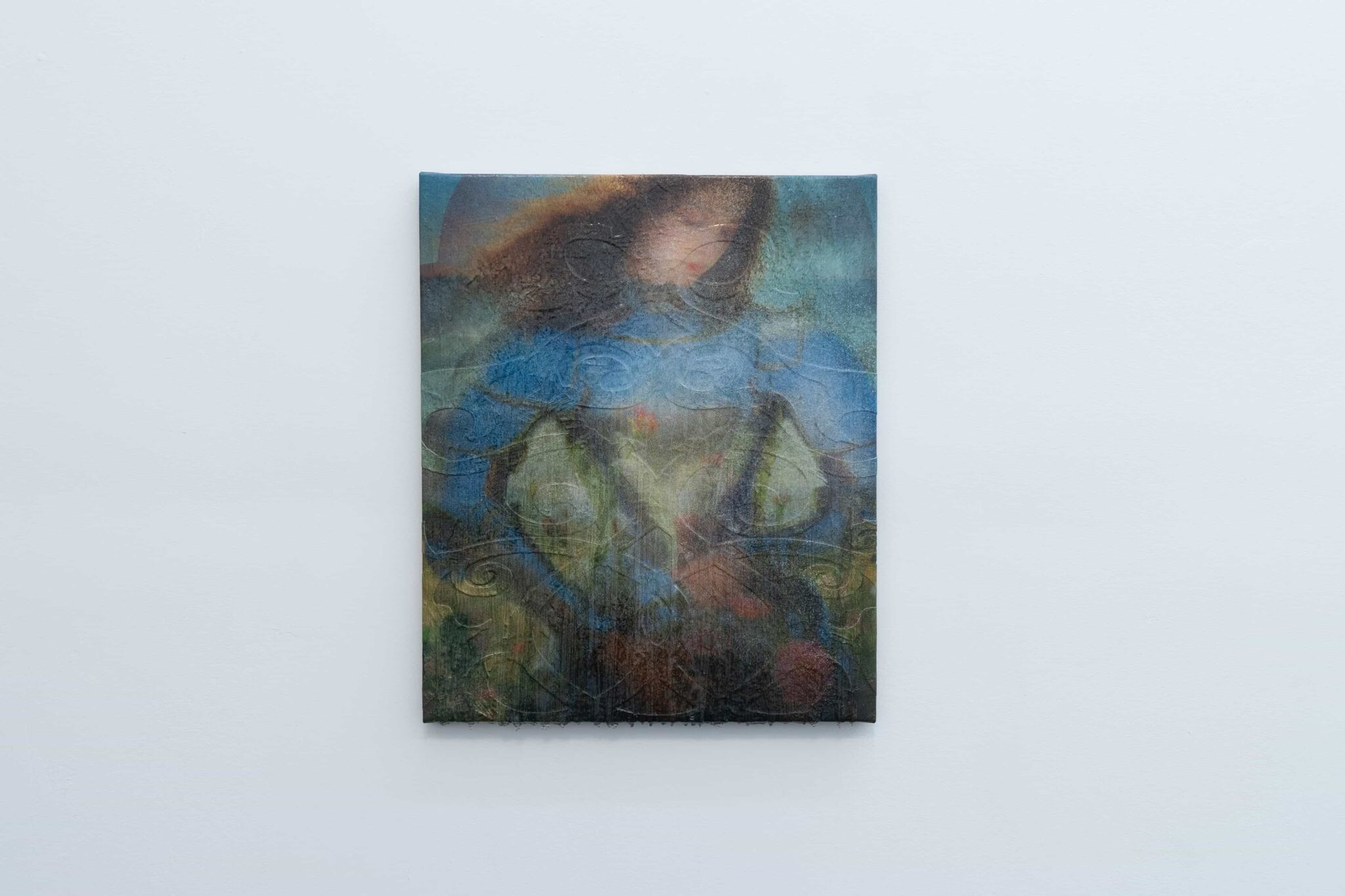
Parker Ito’s “visions of the Pilgrim’s Printer Progress from this world, to that which is to come (small knight),” part of the “12 Dancing Princesses” exhibition.
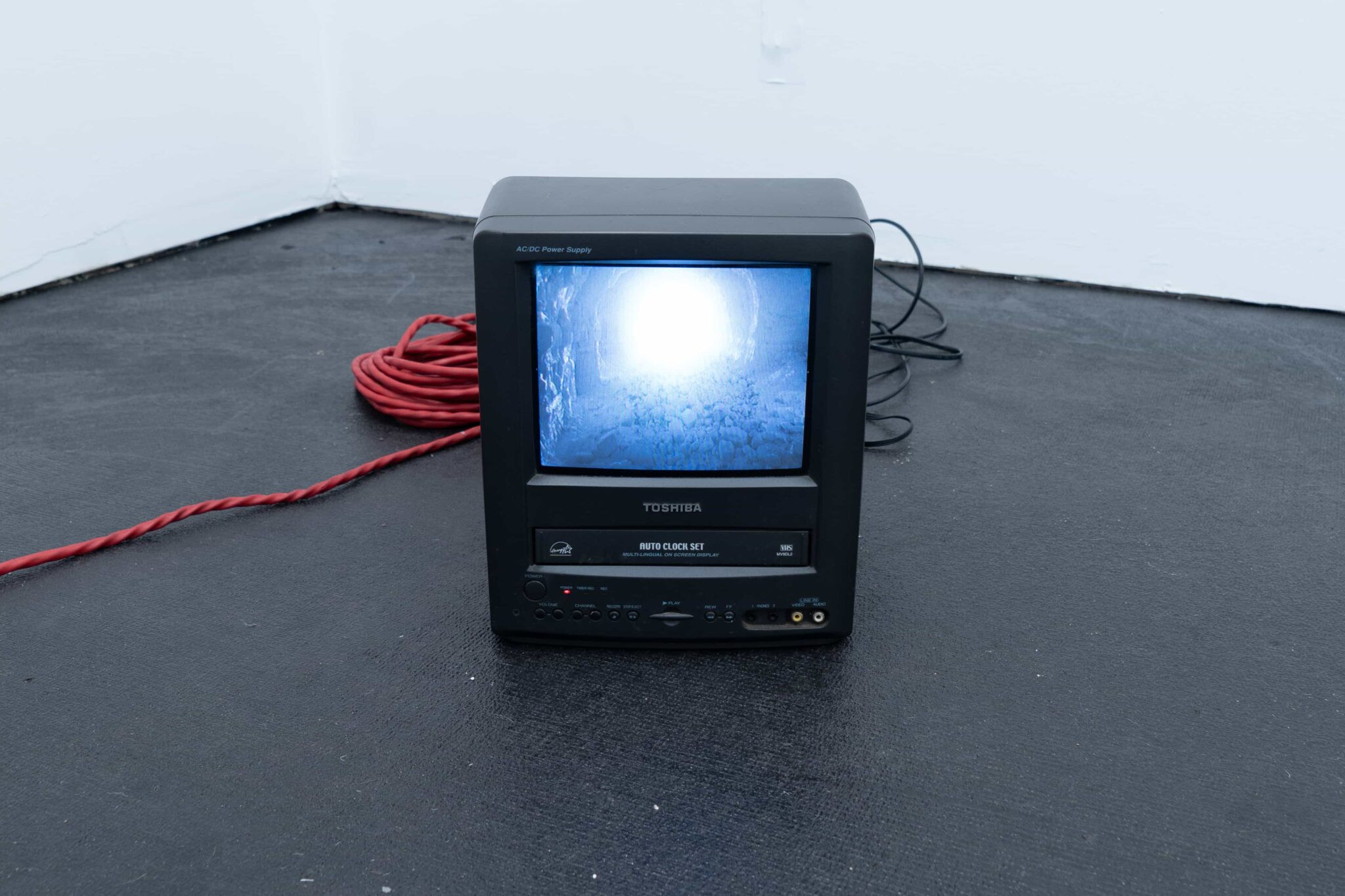
Juliana Halpert’s “Old Dutch Cleanser Mine” video installation, a key component of the “12 Dancing Princesses” exhibition.
